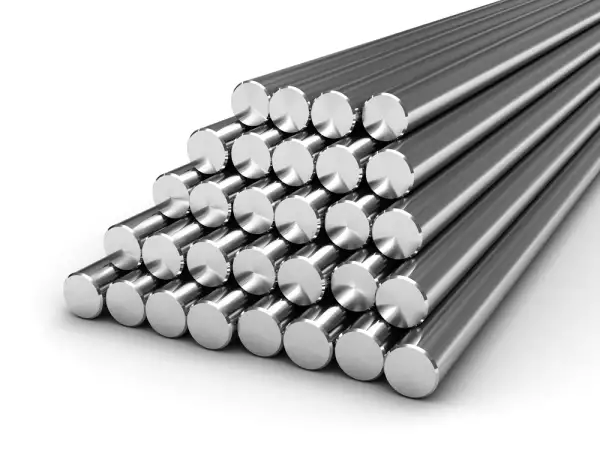Ground conductor is the key element of the grounding device. A ground conductor presents itself a single grounding electrode or a group of electrodes (ground loop) which are in electrical contact with the ground.
Functionality of the ground conductor is determined primarily by earth resistance which should be minimally low. A variety of methods, including deep-seated ground conductors are used for that
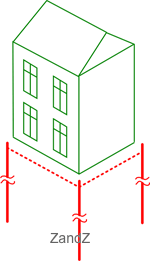
Deep-seated ground conductor
Using a deep-seated ground conductor can significantly reduce the space occupied by the ground conductor at the surface, and improve its efficiency (reduce ground resistance) as the electrode (s) of the conductor are placed in soil layers with lower resistivity than that of the surface layers (due to the greater wetness and soil density).
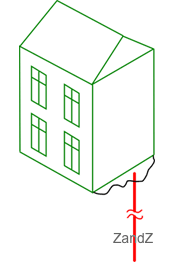
This method of construction of ground conductor in the past was not often used because of the complexity of its installation, which required involvement of special construction machinery - drilling rig.
At the present time, with the prevalence of modular grounding, installation of deep-seated conductors became simple and fast without involvement of specialized equipment. The simplicity allows for work in the basement.
Natural ground conductor
Metallic structures, having contact with the ground and which may be used for grounding are called natural ground conductors.
The following objects are usedas natural ground conductors, eg:
- metal construction and reinforcement of concrete constructions of buildings and structures being in contact with the ground
- Water-pipes and other metal pipes, as well as casing laid in the ground
Natural grounding must be connected with the object with at least two ground conductors connected to this ground conductor in different places.
Can not be used as natural ground conductors:
- piping of flammable liquids, flammable or explosive gases
- piping, coated with insulation to protect against corrosion
- sewage pipes and central heating
In cases where there are no natural ground conductors or they have too high ground resistance, artificial grounding conductors are used.
Artificial ground conductor
Metal constructions, installed in the ground are called artifical ground conductors they are specifically designed for grounding purposes.
The following objects are used as artificial ground conductors:
- steel pipes vertically placed into the ground, angle steel, metal rods, and so on.
- steel bars laid horizontally into the ground, round steel, and so on.
To protect the ground conductor against corrosion, galvanized or copper-plated (better) electrodes are used. |||UNTRANSLATED_CONTENT_START|||Примером искусственного заземлителя на основе омедненных электродов является модульное заземление ZANDZ.|||UNTRANSLATED_CONTENT_END|||
Cross-section of grounding electrodes
To ensure reliable and long work of ground conductors from the point of view of corrosion and mechanical resistance, minimal dimensions of earth electrodes are taken.
Copper
| Section | Cross |
Diameter, mm | Thickness [mm] |
| Rectangular | 50 | 2 | |
| Round wire (Immersion depth <0.5 m) |
25 | ||
| Rope | 25 | 1,8 for each wire |
|
| pipe | 20 | 2 |
Copper coated steel (Electrolyte deposition)
| Section | Diameter, mm | Coating thickness, mm |
| round rod | 14 | 100 |
"Black" steel (uncoated)
| Section | Cross |
Diameter, mm | Thickness [mm] |
| Rectangular | 150 | 5 | |
| Angular | 150 | 5 | |
| round rod | 18 | ||
| Pipe | 32 | 3,5 |
Stainless steel
| Section | Cross |
Diameter, mm | Thickness [mm] |
| Rectangular | 90 | 3 | |
| Angular | 90 | 3 | |
| Round rod | 16 | ||
| Pipe | 25 | 2 |
Zinc-coated steel
| Section | section area, mm² | Diameter, mm | Thickness [mm] | Coating thickness, micrones |
| Rectangular | 90 | 3 | 70 | |
| Angular | 90 | 3 | 70 | |
| Round rod | 16 | 70 | ||
| Pipe | 25 | 2 | 55 |
Related Articles:
 Grounding in the cellar of the single-family house - is it possible?
Grounding in the cellar of the single-family house - is it possible?
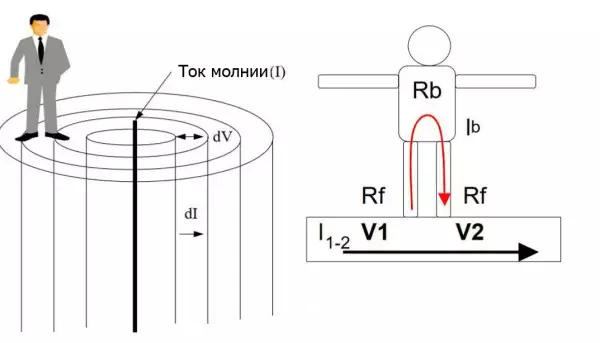 Step Voltage: Dangerous Obscurity and Reliable Protection
Step Voltage: Dangerous Obscurity and Reliable Protection
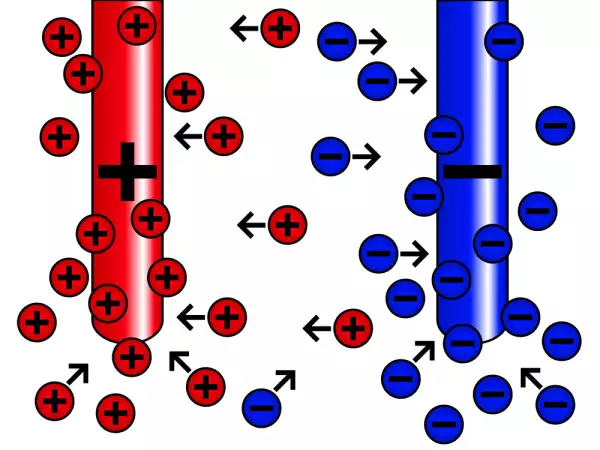 Nature of Electrochemical Corrosion
Nature of Electrochemical Corrosion
 Public Safety in Land Transport in case of Direct Lightning Strike
Public Safety in Land Transport in case of Direct Lightning Strike
